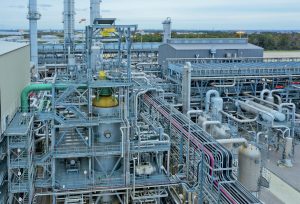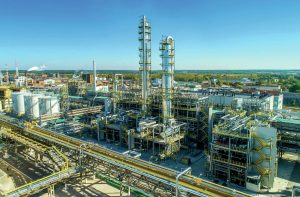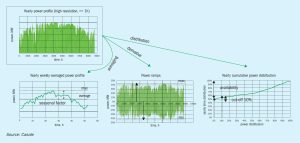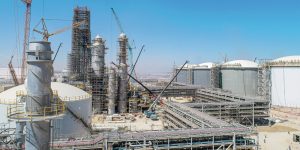
Phosphorus recovery: market drivers and key technologies
We look at current progress towards the greater use of recovered phosphorus, and whether there are lessons to learn from the success of the fast-growing carbon capture industry. We also highlight two pioneering European companies, EasyMining and Glatt, who are racing to bringing recovered phosphorus products to market.






